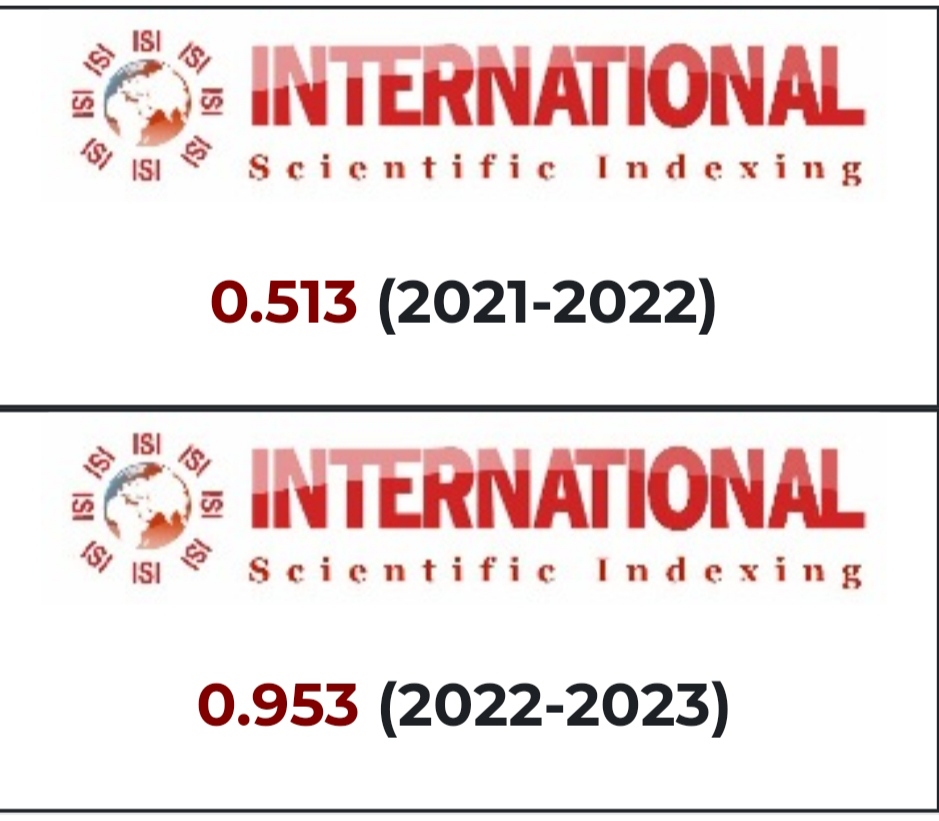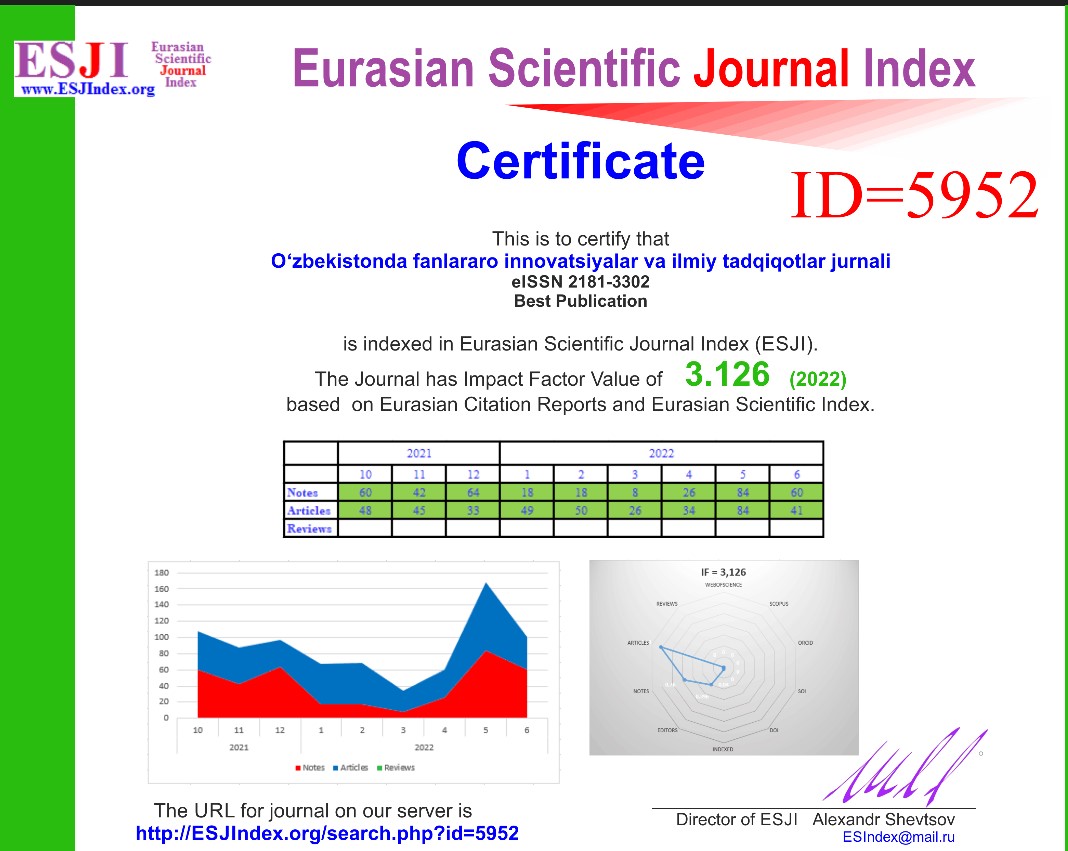CROSS-LINGUISTIC DIFFERENCES IN SPATIAL LANGUAGE IN ENGLISH AND UZBEK AS MODULATORS OF SPATIAL THOUGHT
Keywords:
spatial language, spatial thought, special cognition, cross-language feature, special representation.Abstract
Spatial language is a domain that focuses on spatial descriptions of objects and their relations in a given environment. A prominent focus of work in this area has been on describing the end-products of apprehension, including what people understand an utterance to mean or what utterance they choose to produce. The goal of the current article is to review the work that articulates the role of attention in spatial language.
References
Bowerman, M. (1996). Learning how to structure space for language: a cross-linguistic perspective. In P. Bloom, M. Peterson, L. Nadel & M. Garrett (Eds.), Language and space. Cambridge, MA: MIT Press.
Brown, P., & Levinson, S. (1993). Linguistic and nonlinguistic coding of spatial arrays: explorations in Mayan cognition (Working Paper No. 24). Nijmegen: Cognitive Anthropology Research Group, Max Planck Institute for Psycholinguistics.
Crawford, L., Regier, T., & Huttenlocher, J. (2000). Linguistic and non-linguistic spatial categorization. Cognition, 73 (5), 209-235.
Ozyurek, A., & Kita, S. (1999). Expressing manner and path in English and Turkish: differences in speech, gesture, and conceptualization. In N. Hahn & S. C. Stoness (Eds.), Proceedings of the 21st Annual Conference of the Cognitive Science Society (pp. 507-512). Hillsdale, NJ: Erlbaum.











